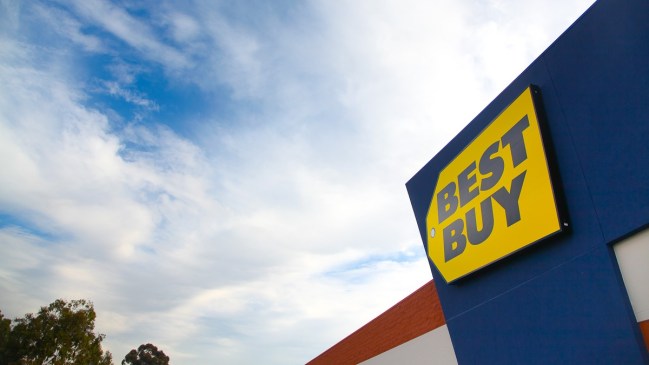 Large electronics retailer
Best Buy
has reassessed it’s strategy after a recent 16-percent quarter profit drop. Thanks to competition from discounters like Walmart and online giant Amazon, Best Buy is looking to cut costs and redirect those savings into what it believes to be high-growth opportunities. The plan to revamp the
company strategy
and avoid the fate of Circuit City has been in motion for over a year.
Large electronics retailer
Best Buy
has reassessed it’s strategy after a recent 16-percent quarter profit drop. Thanks to competition from discounters like Walmart and online giant Amazon, Best Buy is looking to cut costs and redirect those savings into what it believes to be high-growth opportunities. The plan to revamp the
company strategy
and avoid the fate of Circuit City has been in motion for over a year.
Executives claim that the store’s multi-faceted approach and customer service gives it a unique position. “Best Buy has an unparalleled range of ways we can assist – online, through our stores, over the phone or in their homes,” said Best Buy CEO Brian Dunn.
One of the ways Best Buy plans on cutting costs is by shrinking down its big box store square footage by 10 percent over the next three to five years, resulting in what they believe will come out to a savings of $70 to $80 million annually.
The company will be focusing on key consumer products such as mobile phones, tablets, gaming (possibly used games), and is looking to channel the savings from cuts into small-format stores. It expects to be expanding the Best Buy Mobile standalone stores to 150 by 2012 and an estimated 600 to 800 within the next five years, anticipating a return of up to $2.5 billion next year.
The company also intends to open up 400 to 500 – possibly even 1,000 – new Five Stars store, Best Buy’s counterpart in China, believing that it can double revenue in China to $4 billion within the next five years.
Along with the smaller, to-the-point stores and the international growth in China, Canada, Europe and Mexico, Best Buy hasn’t forgotten Amazon.com. The electronics retailer will be expanding online presence within the next three to five years. Hopefully, this grab bag of expectation will be enough to regain investors’ confidence.


